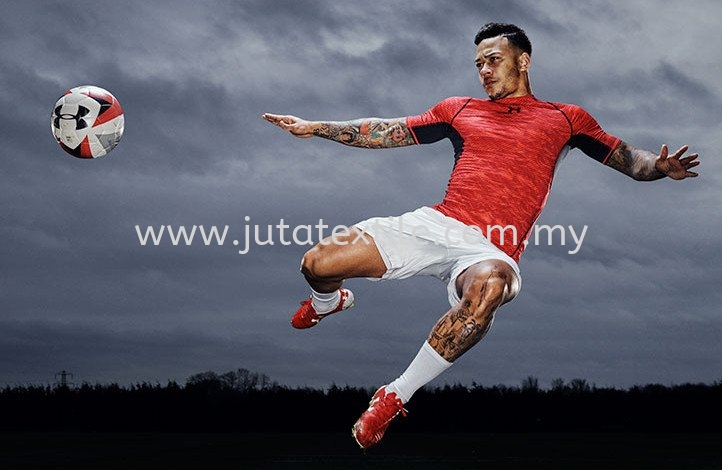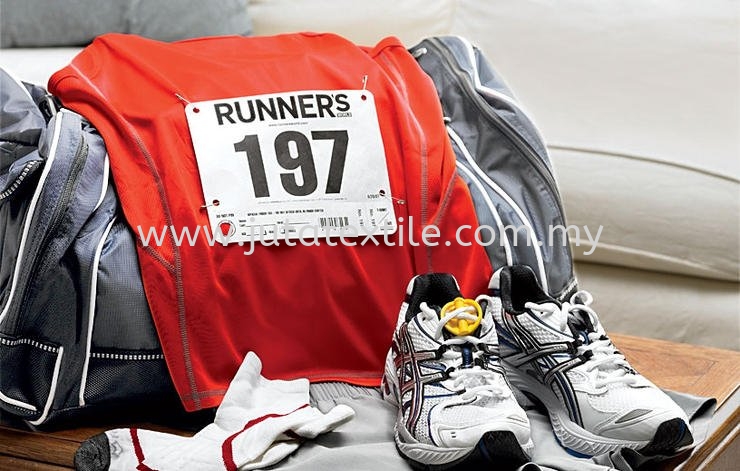9, Jalan PJU 10/10C,
Saujana Damansara,
47810 Petaling Jaya,
Selangor, Malaysia


Petaling Jaya, Selangor – [Insert Date] – JUTA TEXTILE (M) SDN BHD, one of Malaysia’s leading suppliers of knitted and woven textiles, has announced an expanded offering of premium white fabrics, specifically designed for sublimation printing and sewing applications.
White fabric plays a crucial role in the sublimation process, acting as a clean canvas that allows designs to achieve vibrant, sharp, and long-lasting colors. With the growing demand for personalized apparel, corporate wear, and promotional products, JUTA TEXTILE has strategically strengthened its portfolio to meet customer needs across industries.
The new range of white fabrics is engineered to cater to multiple uses, including:
Corporate Shirts & Batik Motif Wear – Ideal for sublimation-based corporate uniforms and batik-inspired designs.
Aprons & Tote Bags – Durable and stylish, perfect for custom branding and merchandise.
Flags, Banners & Event Materials – Strong and lightweight fabrics that hold color brilliantly.
Sportswear & Fashion Apparel – Knitted and stretch fabrics for comfort, performance, and style.
JUTA TEXTILE’s knitted fabrics include microfibre mesh, interlock, eyelet, and Lycra blends, while its woven fabrics such as satin, polyester blends, and gabardine ensure strength and structure. All white fabric variants are optimized to deliver outstanding sublimation results without compromising on quality or durability.
“White fabrics are the foundation of sublimation printing. By expanding our range, we want to ensure our customers – from uniform suppliers to fashion brands – have access to reliable, high-quality options that bring their designs to life,” said a spokesperson from JUTA TEXTILE.
JUTA TEXTILE’s new range of white fabrics is now available for wholesale and bulk orders. Customers can explore samples, request quotations, or visit the company’s office at Petaling Jaya, Selangor for consultations.
📞 Contact: +6012-737 7716
📧 Email: jutatextile@gmail.com
🌐 Website: www.jutatextile.com.my


In the intervening centuries, the fashion industry, now valued at $2.4 trillion, has not relied on research and development to stay competitive and today’s manufacturing would be familiar to any 19th-century Luddite.
“We make a shirt the same way we did 100 years ago and it’s insulting,” according to Kevin Plank, founder of sportswear brand Under Armour. But this is set to change. Mr Plank, among others, is asking: “How can we use technologies to make a better product and produce it more efficiently?”
Inertia around innovation in fashion is lifting. Forced by the encroachment of companies such as Amazon, which hopes with the acquisition of a made-to-order manufacturing system to increase its market share from 6.6 to 16 per cent by 2021, the industry is upping its game.
Tech giants, including Google (working with Levis) and Intel (Hussein Chalayan and Opening Ceremony), are seeking partnerships with fashion brands in a bid to scope out the next manifestation rivalling the smartphone. Fabrics with circuitry and sensing capabilities woven into their fibres could be an answer, turning human bodies into dispersed computers.
Meanwhile, after years in stealth mode, a quiet revolution in biotech is finally bringing new materials to market that will transform manufacturing. Instead of stitching components of clothing with needle and thread, by 2025 a garment could be grown in the laboratory with DNA.
Looming behind this innovation is an impending crisis over resources and a long shadow cast by the industry’s dire environmental record, which positions fashion as second among the world’s most polluting industries after oil. A pair of jeans requires 7,000 litres of water to produce and tons of chemicals to dye. Annually, 60 billion square metres of cut-off material is discarded on factory floors. And a high-consumption, low-value model means that three in four garments, from an industry producing 80 billion each year, end up in landfill.
Alarmingly, synthetic fabrics – the 20th century’s main contribution to material innovation – could be more damaging to marine life than microbeads, which were recently banned from cosmetics. According to the University of New South Wales, microfibres from clothing such as fleece enter the water system through washing, make up 85 per cent of human-made debris on shorelines and are now entering food chains.
Instead of stitching components of clothing with needle and thread, by 2025 a garment could be grown in the laboratory with DNA
“Technology can enable sustainability,” says fashion technologist Amanda Parkes, and it’s a view that is increasingly shared across the industry. Dr Parkes recently joined Fashion Tech Lab, founded this year by Russian entrepreneur Miroslava Dumas, which will bridge the divide between fashion and technology, driving investment and product development, and creating partnerships between tech companies and big brands in luxury.
Couture, Dr Parkes notes, has the capacity to bear high costs of research and in surprising ways shares similarities with original science as its output is time intensive, its value is predicated on scarcity, and it is very expensive to produce. Indeed, in the luxury sector sustainability is fast beginning to occupy a position of cachet once held by artisanship and craft.
The falling cost of biotech has caused a surge in material innovation. For millennia, humans have fashioned animal hides to make clothing, but New York based biofabrication company Modern Meadow designs, grows and assembles collagen into biofabricated leather materials. It is working with several major brands to make bespoke biofabricated materials of varying textures, stretch and thickness. These will be years in development, but the platform could be revolutionary.
“The way we construct our material means we can roll several separate processes into one, creating massive savings on water, energy and chemicals, like dyes and treatments,” says Suzanne Lee, Modern Meadow’s chief creative officer.
They will join exceptionally strong and lightweight fabrics made from spider silk, which have mythologised as far back as the Greek Fable of Arachne. Japan-based Spiber has made a one-off jacket with North Face, German AMSilk has produced sneakers for adidas and Californian Bolt Threads is working on an outdoor range for Patagonia. If taken up across the industry, the potential for system change could be enormous.
In a bid to break current manufacturing and supply models, mass-market brands such as adidas, along with Uniqlo and Under Armour, are experimenting with in-store made-to-order 3D printing for shoe soles, and 3D knitting for shoe uppers and garments. At the same time, the world’s first fully automated garment making machinery, Sewbo, hopes to make fashion a high-tech industry and even return production to the United States.
Tech-enhanced apparel could address one of the most fundamental functions of clothing in temperature-controlled textiles, which Dr Parkes predicts are not far off. “The whole point of wearing clothes is to regulate your body temperature and protect you,” she says. “Anything that can warm or cool as you need is obviously incredibly useful.” But function in fashion is intimately entwined with aesthetics, and she believes designers and engineers have a lot to learn from one another.
While engineers understand technical potential, they know less about the wear of fabric and consumer appeal. Talent manager and founder of Fashion Tech Forum, Karen Harvey, expects hybrid companies to employ both engineers and designers as they vie for advantage. “Technologists need to recognise that beauty matters if they want to be in fashion. And we don’t need to sacrifice one for the other,” she concludes.
by : https://www.raconteur.net/business/the-future-of-fashion



If you’re running a marathon this year and you’re worried about the task ahead, relax
We’re here to advise you on what to do a month out, a week away, even the day of. Shoe tips? Check. Hydration strategy? It’s here. Taper advice? Got it. And for those of you not running 26.2 this year, our humble (yet informed) opinion is that you will be soon. So keep these tips where you can find them – they aren’t just essential; they’re timeless

.jpg)
.jpg)